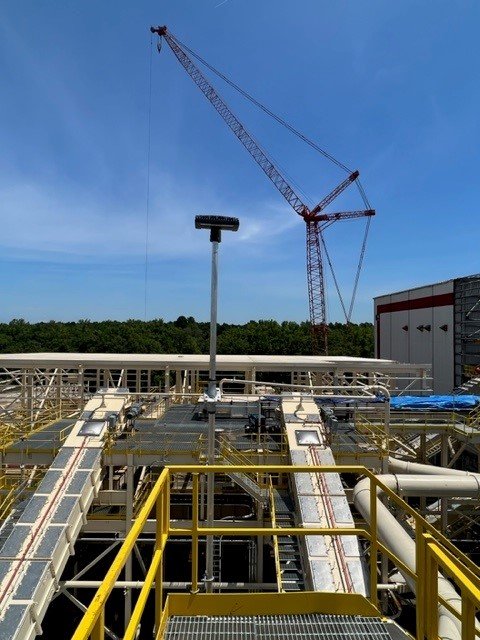No Weld Procedure? No Problem!
A welding procedure, simply put, is a documented method for joining two pieces of metal. The procedure establishes a work process based on equipment, materials, and personnel present at the site where work will be performed. More than a set of instructions, welding procedures influence quality.
When it comes to code work, welding procedures are required and are expected to be followed to the letter. Even when not performing code work, demonstrated procedures support reliability, and standardized methods support repeatability.
Welding procedures are available for purchase from various sources and cover about 90% of the material+application combinations a shop might expect to encounter. For projects with a novel material+application for which a welding procedure does not exist, a welding shop invests in creating a custom welding procedure.
Developing a custom procedure begins by creating a weld specimen using the required metal and welding material. Conditions such as amperage, voltage, material type, filler material (rod or wire), and gas flow are documented while performing the weld. The specimen and documentation are sent to a lab for bend and tensile tests to determine if the weld meets project specifications. Test results are returned, accompanied by a Procedure Qualification Record (PQR). This documentation is then used to write the procedure, or a Welding Procedure Specification (WPS), for those who will be performing the work.
Once the WPS is written, both supervisors and operators are trained in its importance and use. This is the time to confirm that the procedure clearly defines how to perform welds according to standard. During operations, supervisors and quality personnel provide ongoing monitoring and support to ensure that procedures continue to be understood and followed.
253MA stainless steel is a metal for which there is no standard welding procedure. When 253MA was specified for a SEFA project where both stick and tig weld processes were necessary, we created a specimen for each. Pictured here are each of the specimens in process: A) stick and B) tig. If the plan is to use more than one welding process, then each should have its own specimen, welding procedure specification, and procedure qualification record.




